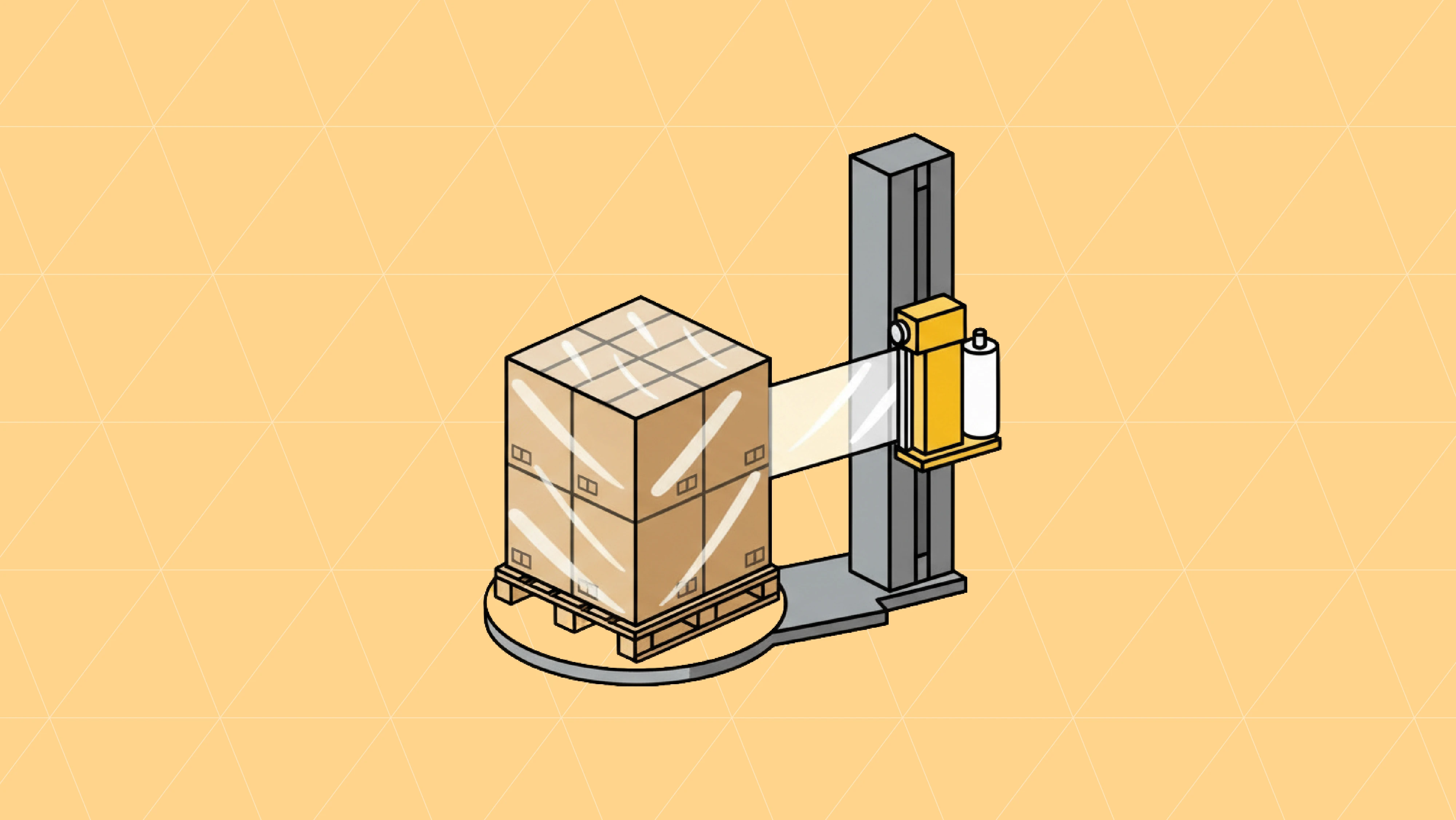The technological infrastructure of your organization plays a crucial role in facilitating seamless communication and data exchange with supply chain collaborators. Effectively harmonizing your technological ecosystem can optimize operational workflows, encompassing everything from initial order processing to final product delivery. Implementing electronic data interchange (EDI) solutions offers significant advantages, including enhanced order accuracy and minimized operational mistakes.
Careful strategic planning is critical when synchronizing partner information with your enterprise resource planning (ERP) or accounting systems. This comprehensive guide will walk you through the essential considerations and best practices for successfully integrating EDI with your ERP platform, providing you with the insights needed to initiate a smooth and efficient implementation.
Planning for Your EDI ERP Integration
Whether you’re looking to augment an existing ERP system with EDI capabilities or planning to implement both technologies concurrently, a holistic approach to your technological ecosystem is paramount. Investing time in strategic planning for EDI and ERP integration yields several key advantages:
Clarifies your organization’s specific integration requirements, enabling more informed solution selection
Streamlines the entire implementation process
Accelerates financial returns and operational efficiency
Navigating the complexities of integrating transactional data from electronic data interchange into your enterprise resource planning system can feel overwhelming, especially when you’re uncertain about the initial steps. Developing a detailed, methodical implementation strategy allows you to:
Systematically track progress throughout the integration project
Ensure timely deployment
Maximize the potential value of your ERP investment
Assessing Risks vs. Needs
Electronic data interchange (EDI) integration with enterprise resource planning (ERP) systems transcends mere operational efficiency. This strategic approach not only streamlines internal processes but also creates opportunities to expand supply chain partnerships and enhance overall business competitiveness. However, implementing such integration is rarely a straightforward endeavor, and many organizations find they must tailor their approach to maximize technological synergies.
Prior to launching your integration initiative, it’s crucial to conduct a comprehensive internal evaluation of potential risks and organizational needs. This critical assessment serves multiple purposes: identifying the potential value of integration, pinpointing specific challenges to address, and estimating the overall return on investment. When performing this analysis, carefully consider the tangible benefits, such as significant reductions in manual data entry errors and substantial decreases in labor-related expenses.
A thorough risk and needs assessment provides clarity on the essential functionality required from your EDI integration solution. Optimal EDI software should offer robust compatibility with prominent ERP platforms, including major systems like QuickBooks, Cin7, NetSuite, Microsoft Dynamics, and Sage. This approach ensures flexibility and future-proofing, allowing your organization to seamlessly transition or upgrade ERP systems without completely redesigning your existing integration infrastructure.
Scoping your ERP Integration Project
Collaborating with your project manager to outline the project timeline and assess its broader business impact is a critical next phase. Establishing a well-defined project scope ensures that the development and implementation of your EDI integration directly support your organization’s strategic objectives. This methodical approach helps create a comprehensive roadmap and provides valuable guidance for resource allocation.
Key Steps for Determining Project Scope:
Identify and map all ERP interface requirements
Identify which types of transactions, if automated, would obviate the most errors and labor for the business
Incorporate other systems if needed. Warehouse management, ecommerce applications, especially when used with third party logistics ought to be considered if the ERP doesn’t naturally support carton/case/pack details
Establish comprehensive testing and acceptance parameters
Develop a structured launch timeline
The implementation process centers around establishing a specific “go-live” date—a targeted milestone for completing the integration. A robust testing strategy is paramount, designed to validate that all critical objectives are met. Careful implementation involves a phased production approach, with full deployment contingent upon management’s thorough review and confirmation of system functionality and performance.
Outsourcing ERP Integration
When considering an external partner for your ERP EDI integration project, it’s crucial to investigate whether they subcontract any project components. Many electronic data interchange providers rely on third-party vendors for integration services, which can potentially create significant challenges. This practice often results in compromised communication channels, project delays, unexpected cost escalations, and potential revenue losses. To mitigate these risks, we advise selecting EDI integration solutions specifically designed with native compatibility for your ERP system.
Establish a collaborative relationship with your EDI provider to meticulously map out the entire integration process. Clearly define and document the responsibilities and specific deadlines associated with each project phase. Ensuring absolute clarity around roles and maintaining a single, primary point of contact is essential to prevent miscommunication and potential project complications. This approach helps create a streamlined, transparent implementation strategy that minimizes potential barriers and maximizes project success.
Consider Surpass for ERP: EDI Integration
Achieving a successful electronic data interchange (EDI) integration requires an understanding of its strategic value. Carefully aligning your EDI implementation with your organization’s broader business objectives, you can create a more effective integration approach. This strategic alignment not only optimizes the implementation process but also ensures your business can more effectively manage its data exchange and communication needs.
If you’re looking for an EDI provider with a range of EDI solutions, consider Surpass Solutions. Surpass provides fully managed EDI services that are compatible with the ERP of your choice. Our EDI solution is monitored 24/7, that is supported by actual humans you can speak with.
More articles
Our platform is designed to empower businesses of all sizes to work smarter and achieve their goals with confidence.




